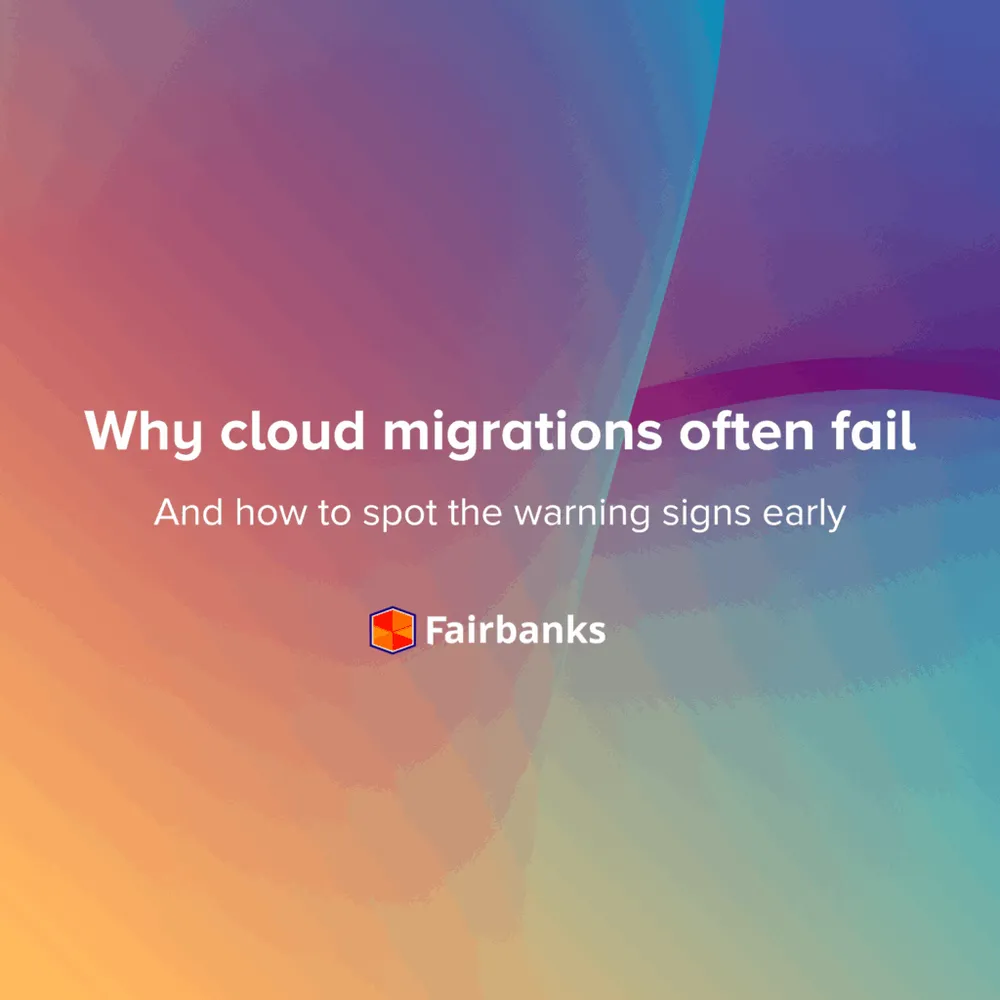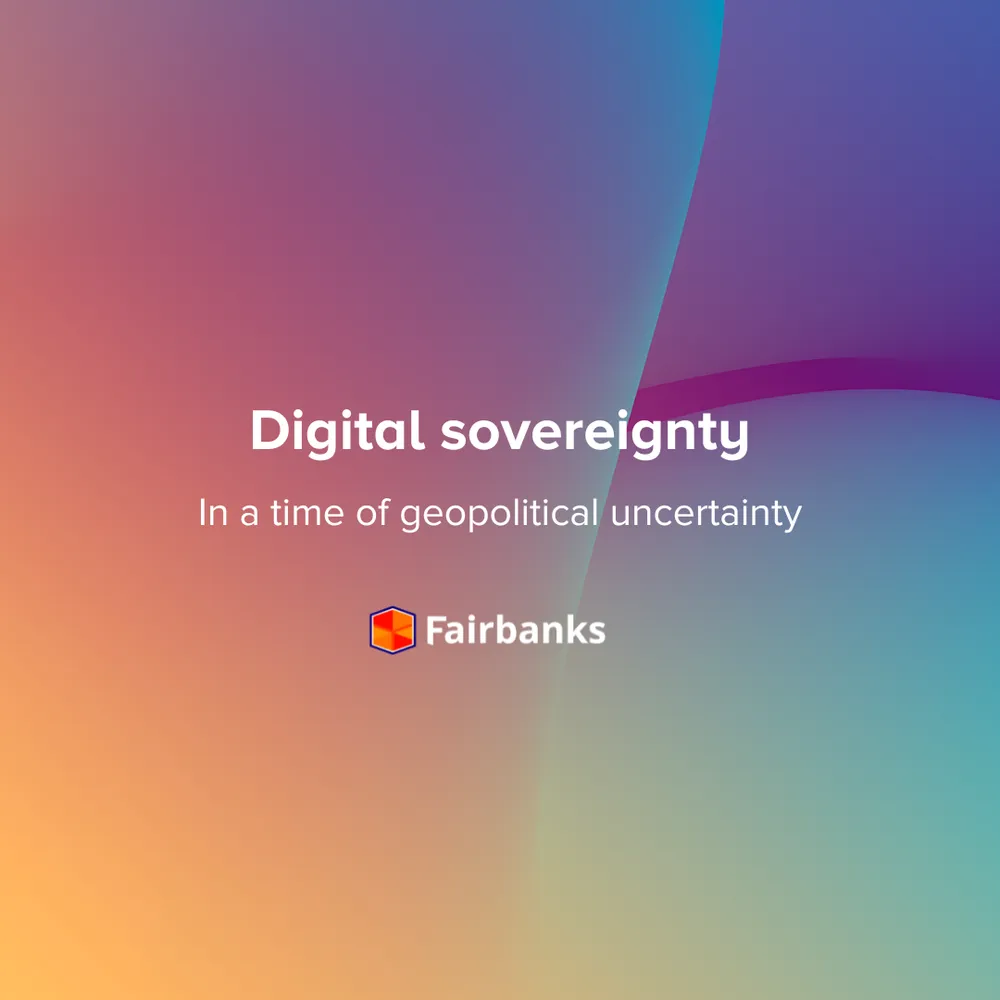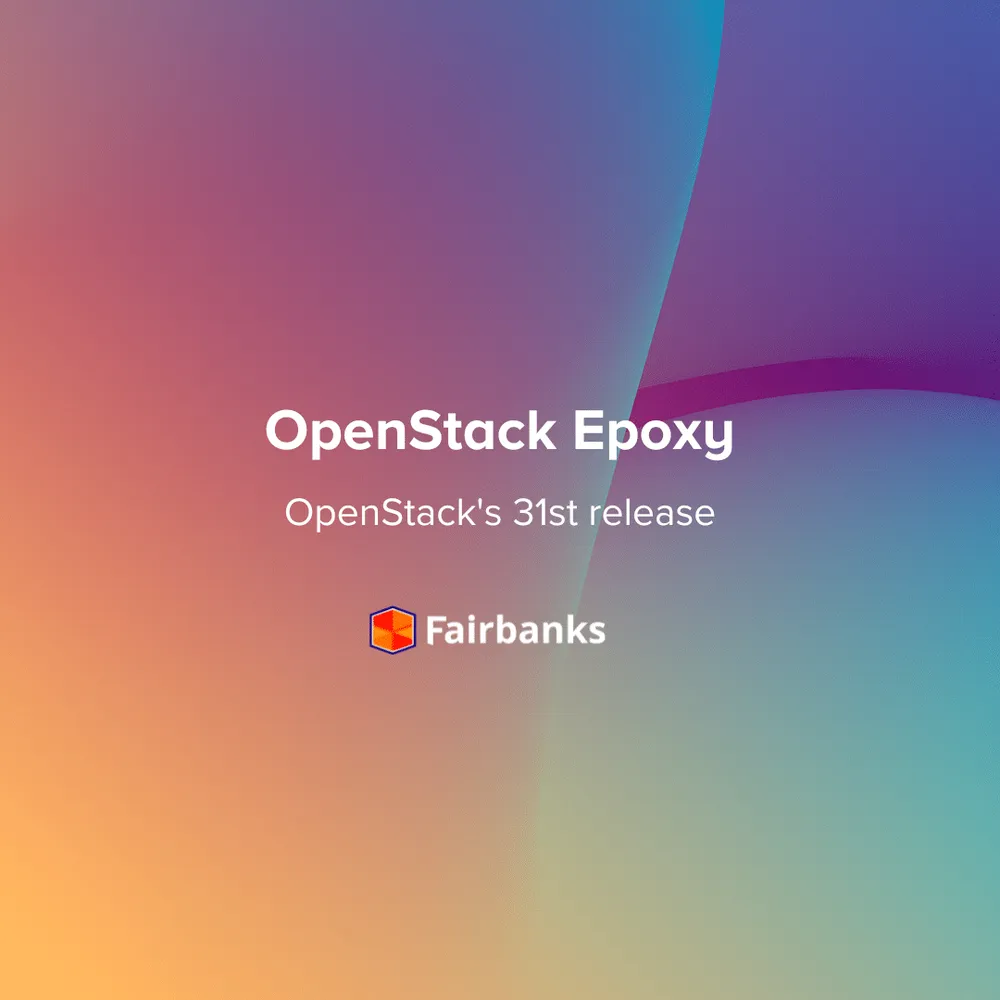Deep dive into the main OpenStack components part 3
Welcome to part three of our blog series “Deep dive into the main OpenStack components.” In this series, we have been exploring the different components of the OpenStack platform in-depth, including Glance, Heat, Trove, Magnum, and more. In this blog, we will dive deep into the remaining OpenStack components that we haven’t discussed yet, including their features, capabilities, and use cases.
In case you haven’t read part 1 or 2 of this blog series you can find them through the following links:
Deep dive into the main OpenStack components part 1: https://fairbanks.nl/openstack-nova-neutron-and-cinder/
Deep dive into the main OpenStack components part 2: https://fairbanks.nl/main-openstack-components-part-2/
OpenStack component Glance
OpenStack Glance is the image service component of the OpenStack platform, which provides a service for discovering, registering, and retrieving virtual machine images. These images serve as templates for launching instances or virtual machines in the cloud infrastructure. In other words, Glance is responsible for managing and storing virtual machine images in the OpenStack cloud.
Glance supports a variety of image formats, including QCOW2, VHD, VMDK, ISO, and RAW, and it can also convert images between different formats. Images can be stored in Glance’s database or in an external storage system like Ceph or Swift, depending on the configuration.
Glance has several key features, including:
In addition, Glance integrates with other OpenStack components like Nova (compute), Cinder (block storage), and Neutron (networking) to enable the creation and management of virtual machines using images stored in Glance.
OpenStack component Heat
OpenStack Heat is the orchestration service component of the OpenStack platform, which provides a way to manage multiple resources as a single unit. Heat allows users to define templates that specify the resources required for an application or service, such as virtual machines, networks, and storage. These templates can be created using YAML or JSON format. Heat then uses these templates to launch and manage the resources required for the application.
Heat provides several key features, including:
In addition, Heat provides a user-friendly web interface and command-line tools for creating and managing templates and stacks. Heat also supports a wide range of resource types, including virtual machines, databases, load balancers, and storage volumes.
OpenStack component Trove
OpenStack Trove is the database as a service (DBaaS) component of the OpenStack platform, which provides a way to easily provision and manage different types of databases, such as MySQL, PostgreSQL, MongoDB, and Cassandra. Trove provides a simple interface for users to create and manage databases, and it also automates many common database tasks, such as backup and recovery, scaling, and replication.
Trove provides several key features, including:
In addition, Trove provides a user-friendly web interface and command-line tools for creating and managing database instances. Trove also supports different deployment models, including single instances, high availability clusters, and sharded clusters.
OpenStack component Magnum
OpenStack Magnum is the container orchestration service component of the OpenStack platform, which provides a way to manage container orchestration engines like Kubernetes, Swarm, and Mesos on OpenStack. Magnum provides a simple interface for users to create and manage container clusters, and it automates many common tasks associated with container orchestration, such as scaling, self-healing, and load balancing.
Magnum provides several key features, including:
In addition, Magnum provides a user-friendly web interface and command-line tools for creating and managing container clusters. Magnum also supports different deployment models, including single master, multi-master, and federation.
Conclusion
As the OpenStack platform continues to evolve, it is essential to stay up-to-date with the latest developments in its components. By leveraging the power of these components, organizations can create and manage cloud infrastructure that meets their unique needs and requirements. We hope this blog has provided you with valuable insights into the OpenStack platform and its components, and that you will continue to explore its capabilities to transform your cloud infrastructure.









